Tree Trapdoor Spider
Out on a wildlife bothering expedition recently, actually, it was what I refer to as wildlife bothering lite, due to the fact that I wasn't wearing shoes.
Anyway, I was lookin' around - enjoying the solitude and general lack of people - when I glanced up and something caught my eye. In the beam of my head torch, there was a shadow that just looked wrong.
As I approached, however, it got oh so right!.
I had found a member of the ever elusive tree trapdoor spider family - yay me eh?.
It is though, just a little puzzling. My understanding was that the 'door' is normally hinged from the bottom, but as you can see ...
There is a very real possibility that it's not a known or recorded species. I'm not claiming that it is - however, new species of almost everything are being discovered in the rainforest regularly.
My next encounter was with a well known and loved species. A handsome, and really rather chilled, Amethystine python.
Fungi and warm, wet environments go hand in hand. I don't post anywhere near enough about them, partially because I know very little about them. I'm determined to change both of these things.
Such fungi are used in a variety of ways, from medicine to making jewellery. Many species are edible - but be warned, some are not. And while I respect a bit of 'Here, hold my beer', type behaviour ...
Some caution is probably warranted when it comes to chowing down on fungi.
Another group that I am shamefully guilty of overlooking are the plants - which, living in the tropics, is just bloody absurd when I think about it.
*Pinkburr is an introduced weed. However, in the DRC and Brazil it is actually cultivated for making a fibre used in sacking and twine. The leaves and flowers are also edible, (they look great in cocktails too - just sayin').
The root extract also has anti-bacterial properties.
Our next entry really doesn't need a lot of identification for most people in FNQ, it's the much reviled, major weed - *Lantana.
Granted, the flowers are beautiful - but the plant is toxic to livestock and the fruit is extremely poisonous to humans and can even cause death.
Unfortunately, birds can eat the fruit with impunity, thus spreading the plant far and wide, making it impossible to eradicate .
The rainforests of Far North Queensland, are - in my opinion, probably the safest on earth for humans to knock around in.
No tigers, very few venomous species of snake, no primates - other than us. All very cruisy and civilised.
However, for me there is one critter who can be the bane of my expeditions. The leech. You see, I'm allergic to the anaesthetising/anti-coagulant compounds they employ when feeding ...
Yes, I am aware that sympathy for my plight will be in very short supply. I do after all, put myself in such situations.
The swelling will abate after a time, but the intense itchiness will re-occur for many weeks. You're right of course, I should probably wear shoes and such.
Ah well, it's always good to end with a whinge eh? I hope you've enjoyed the post - and, as always - take care,
Paul
Anyway, I was lookin' around - enjoying the solitude and general lack of people - when I glanced up and something caught my eye. In the beam of my head torch, there was a shadow that just looked wrong.
As I approached, however, it got oh so right!.
I had found a member of the ever elusive tree trapdoor spider family - yay me eh?.
It is though, just a little puzzling. My understanding was that the 'door' is normally hinged from the bottom, but as you can see ...
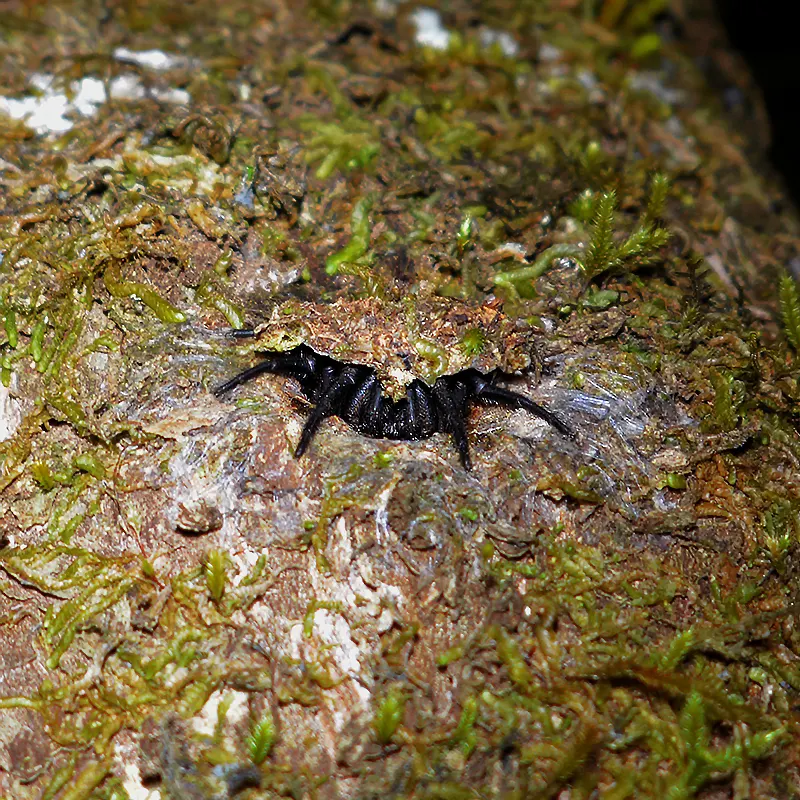 |
| Migidae |
There is a very real possibility that it's not a known or recorded species. I'm not claiming that it is - however, new species of almost everything are being discovered in the rainforest regularly.
Most trapdoor spiders, but not all, are misleadingly named, as not all species make a door for their burrows. For those species that do, these highly camouflaged entrances are almost undetectable, unless the door is open.
Trapdoor spiders | The Australian Museum
My next encounter was with a well known and loved species. A handsome, and really rather chilled, Amethystine python.
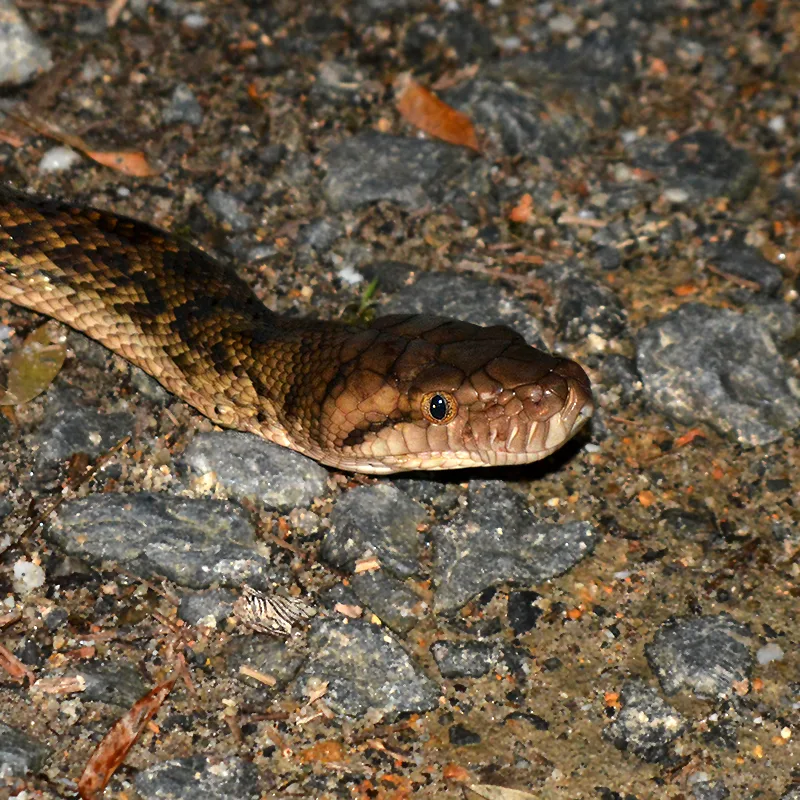 |
| aka Scrub python |
Fungi and warm, wet environments go hand in hand. I don't post anywhere near enough about them, partially because I know very little about them. I'm determined to change both of these things.
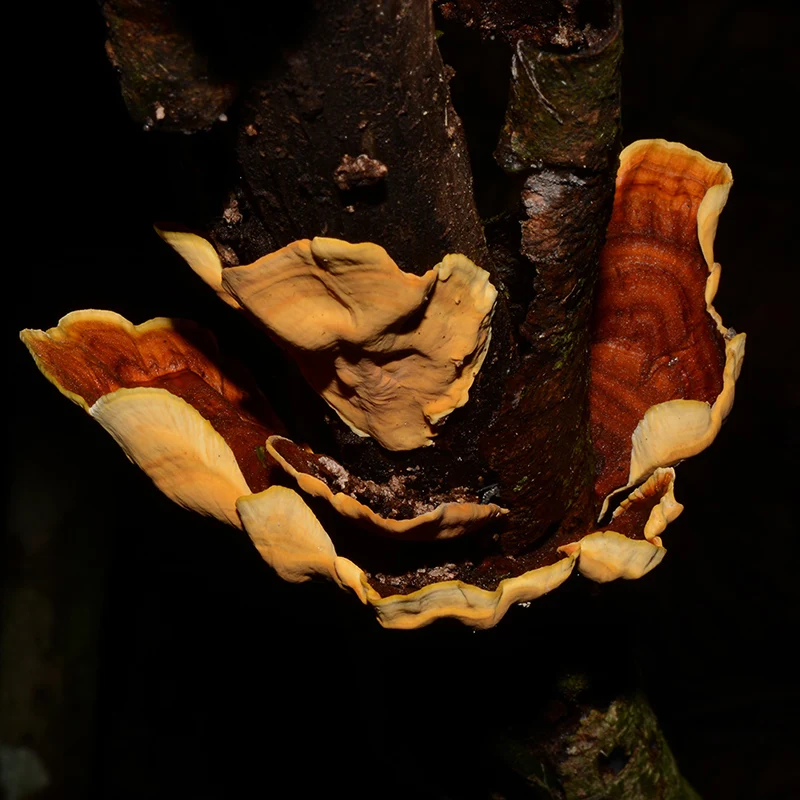 |
| Bracket fungi (Polypore) |
Such fungi are used in a variety of ways, from medicine to making jewellery. Many species are edible - but be warned, some are not. And while I respect a bit of 'Here, hold my beer', type behaviour ...
Some caution is probably warranted when it comes to chowing down on fungi.
Over one thousand polypore species have been described to science, but a large part of the diversity is still unknown even in relatively well-studied temperate areas.
Polypores are much more diverse in old natural forests with abundant dead wood than in younger managed forests or plantations.
Polypore | Wikipedia
Another group that I am shamefully guilty of overlooking are the plants - which, living in the tropics, is just bloody absurd when I think about it.
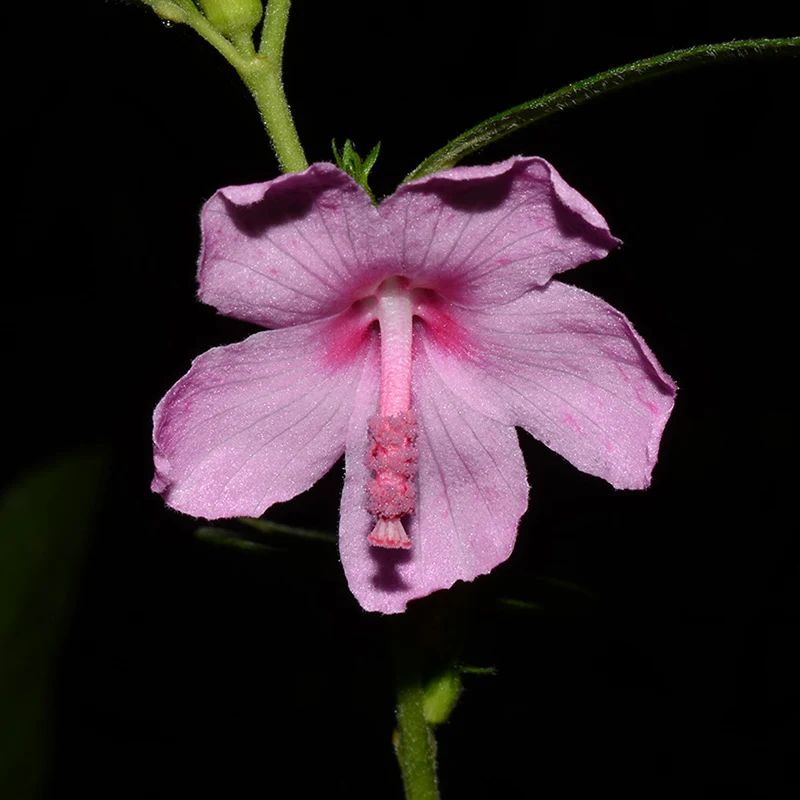 |
| Pinkburr |
*Pinkburr is an introduced weed. However, in the DRC and Brazil it is actually cultivated for making a fibre used in sacking and twine. The leaves and flowers are also edible, (they look great in cocktails too - just sayin').
The root extract also has anti-bacterial properties.
Our next entry really doesn't need a lot of identification for most people in FNQ, it's the much reviled, major weed - *Lantana.
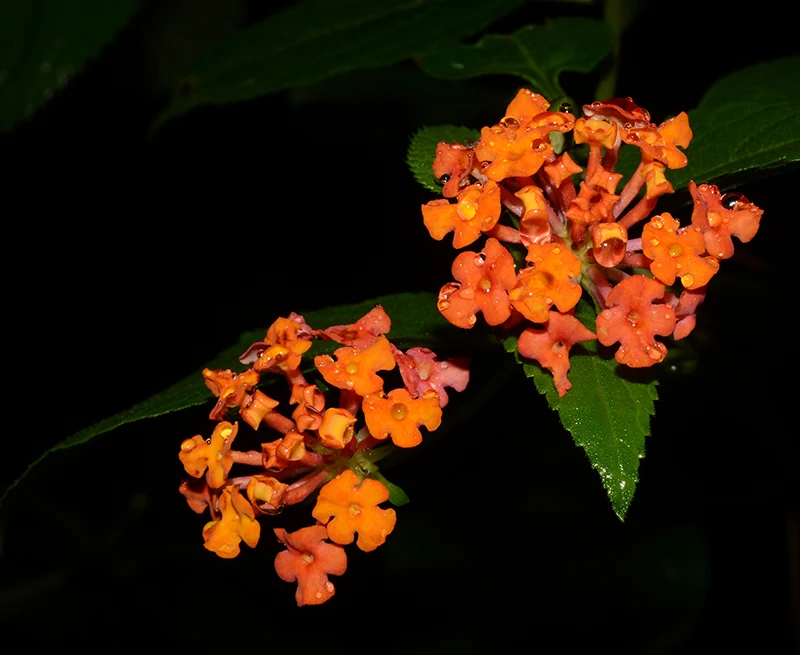 |
| Lantana (Lantana camara) |
 |
| Different colour form |
Granted, the flowers are beautiful - but the plant is toxic to livestock and the fruit is extremely poisonous to humans and can even cause death.
Unfortunately, birds can eat the fruit with impunity, thus spreading the plant far and wide, making it impossible to eradicate .
The rainforests of Far North Queensland, are - in my opinion, probably the safest on earth for humans to knock around in.
No tigers, very few venomous species of snake, no primates - other than us. All very cruisy and civilised.
However, for me there is one critter who can be the bane of my expeditions. The leech. You see, I'm allergic to the anaesthetising/anti-coagulant compounds they employ when feeding ...
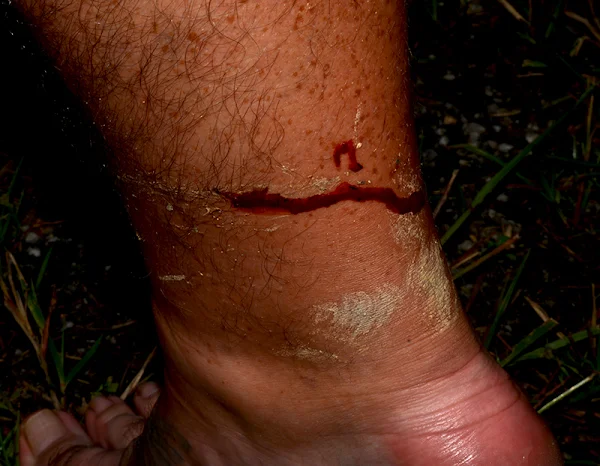 |
| After removing two leeches, my ankle was already swelling |
Yes, I am aware that sympathy for my plight will be in very short supply. I do after all, put myself in such situations.
The swelling will abate after a time, but the intense itchiness will re-occur for many weeks. You're right of course, I should probably wear shoes and such.
Ah well, it's always good to end with a whinge eh? I hope you've enjoyed the post - and, as always - take care,
Paul
*Additional plant information sourced from:
Beasley, John. Plants of Tropical North Queensland the Compact Guide. Footloose Publications, 2006.
Beasley, John. Plants of Tropical North Queensland the Compact Guide. Footloose Publications, 2006.

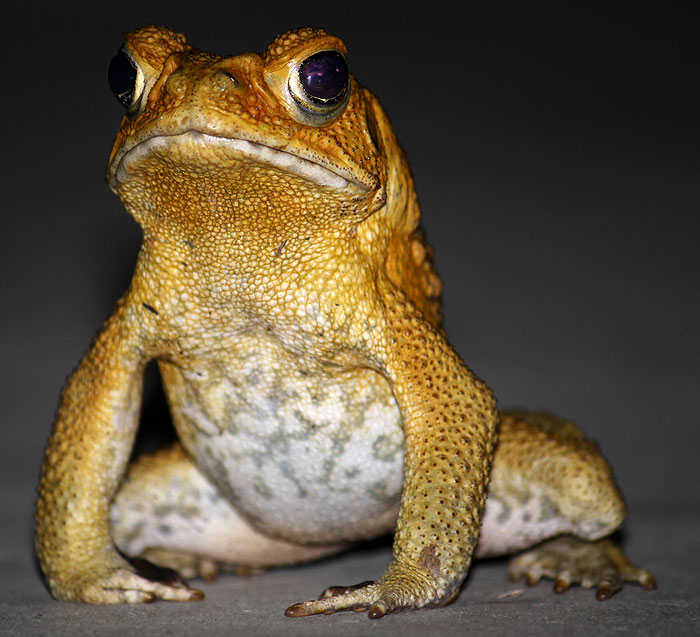




Comments
Post a Comment